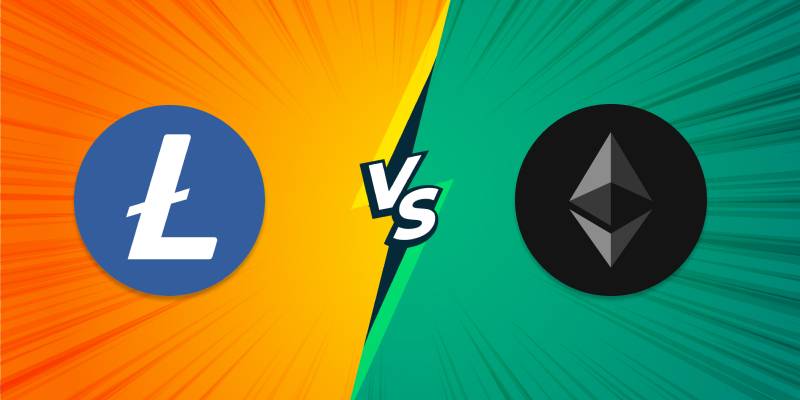Understanding Crypto Fees And Tips To Save Money
August 29, 2023

toc impalement
Cryptocurrency fees can be a real pain, but there are a few things you can do to minimize them. These include checking fees on crypto exchange platforms before making deposits, as well as looking out for high withdrawal rates.
Like death and taxes, cryptocurrency transaction fees are unavoidable. But, with a bit of knowledge and planning, you can lower them significantly!
Types Of Cryptocurrency Trading Fees


Cryptocurrency trading fees are a common part of the cryptocurrency investment experience. Like other investments, crypto trading can come with many different costs, and it’s important for investors to know what they’re paying for.
There are a variety of different types of crypto trading fees, from deposit and withdrawal fees to network transaction fees and margin trading fees, mining games https://rollercoin.com/free-shiba-inu.
1. Withdrawal and Deposit Fees
Deposit and withdrawal fees are a common type of fee charged by crypto exchanges when traders make purchases or sell using fiat currencies (like USD or EUR). These fees can add up quickly, especially if you trade often, so it’s important to keep an eye on them.
2. Crypto Trading Fee
Another common type of crypto trading fee is the exchange transaction fee. This is a small percentage of the total transaction value that the exchange charges to process your buy or sell order. Exchange fees are one of the main sources of revenue for crypto exchanges, and they can vary widely between platforms.
3. Margin Trading Fee
Margin trading fees are a type of fee charged when you trade on a leveraged market like a futures contract or margin account. These fees are typically based on the amount of funds that you borrow, your interest rate, and other factors. Margin trading is a popular way to increase your buying power in the crypto market, and it’s important to understand the different fees involved before trading.
How Much Are Fees For Crypto?
Cryptocurrency fees can be frustrating, but they’re necessary in order to keep blockchain networks running. Fortunately, with a little research and planning, you can minimize the impact of these fees on your investment.
Transaction Fees
One of the most common cryptocurrency fees is network or transaction fees. These fees are charged to compensate the network providers for the computing power that is required to process and record transactions on a blockchain. They’re typically paid in the form of a small percentage of your transaction amount (e.g., a few cents for transferring $1,000).
Mining
Another type of cryptocurrency fee is the mining or block rewards fee that is paid to miners who secure the crypto network by verifying and recording transactions on it. These fees are typically a fixed rate per block mined or a percentage of the total block reward, depending on the cryptocurrency.
Exchange Fees
Finally, there are also exchange fees, which are charged by the cryptocurrency exchange for using their platform to buy and sell cryptocurrencies. These fees can vary widely, and they’re often based on whether you’re a maker or taker (buyer or seller).
As with other types of trading platforms, you should always check the exchange’s fee structure before making any trades. Some exchanges, like Robinhood and Fidelity, offer 0% commission trades. You should also look for any deposit or withdrawal fees that may apply.
How To Minimize Crypto Trading Fees
Crypto trading fees can add up, and the costs of individual transactions can vary significantly. Knowing how to minimize these fees can help investors make the most of their investments. It is important to choose the right exchange for your investing needs, understand the fee structure, and watch for any changes in fees that may occur on short notice. In addition, it is a good idea to avoid high-volume trading during peak usage times for blockchain networks, just as you wouldn’t hit the highway during rush hour.
In addition to exchange trading fees, there are also network fees that are charged when a trade is completed. These fees are meant to compensate the people who maintain and validate transactions on blockchain networks. They are typically a small percentage of the total transaction amount.
Investors should also be aware of deposit and withdrawal fees, margin trading interest rates (if they decide to use leverage), and lending fees if they want to borrow funds from an exchange to trade. Lastly, there are usually transfer fees associated with liquidating cryptocurrency into fiat currency, which can also add up quickly.
By taking a few simple steps, investors can minimize their cryptocurrency trading fees and save money on every trade. For example, traders can choose an exchange that offers a lower maker fee, shop around for the best exchange fees, and consider using coin pairs to avoid paying fees at all.
The Role Of Exchange Fees
There are a number of fees associated with trading crypto and using crypto services. These fees can range from transaction to wallet fees, and they can add up quickly if you are not careful. Luckily, there are ways to minimize these fees so that you can save money when trading or performing other transactions.
Exchange fees are a necessary part of the crypto ecosystem, as they help to connect people who want to buy cryptocurrencies with those who own them. This helps to create liquidity, and it also allows miners to choose which transactions will be included in a block. The fees charged by an exchange can vary, but they are usually a flat rate or percentage of the value of a trade.
Conclusion
Transaction fees are a necessary part of the crypto sphere, as they allow miners to verify and process transactions. These fees can vary depending on the blockchain network, and they can also be a function of how much volume is being processed at any given time.
Staking fees are a necessary part of the crypto sphere, but they can be quite high if the overall market is highly volatile. However, there are ways to minimize these fees by staking on a stablecoin or by using a staking pool that offers low rates.
Read Also:


















Comments Are Closed For This Article